Hidden plastic in everyday life? Are there really things in our everyday lives that contain plastic without us noticing? Yes - unfortunately, these objects do exist. And there's probably one of them lurking in your home, if you're not already 100 percent plastic-free. live plastic free. 🙂
In this article, I would therefore like to introduce you to 33 everyday things that only a few people know are actually inside. Plastic hidden. The food area in particular will surprise you!
Hidden plastic in everyday household goods
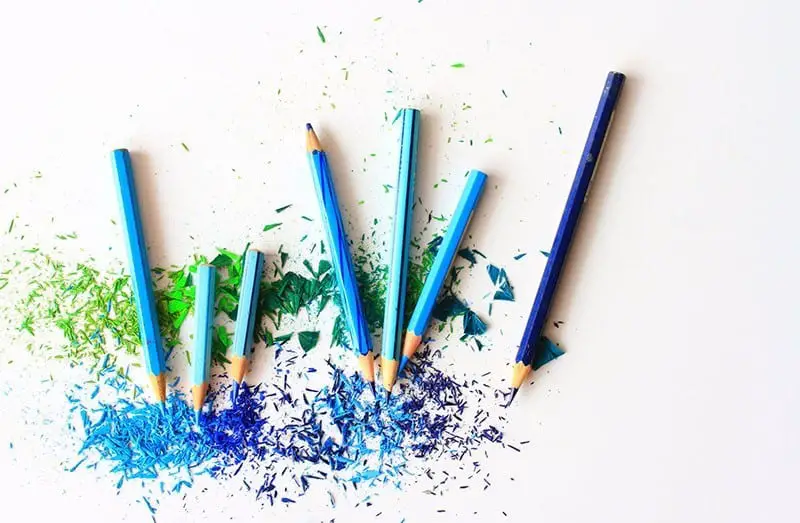
Yes, even ordinary products from the household and living category contain plastic that many people would not have expected. The following articles are very good examples of the fact that plastic is also hidden in totally ordinary everyday objects from this category:
- Baking paper: Why should baking "paper" contain plastic? Quite simply, so that it doesn't stick to the grid or baking tray. Ordinary baking paper doesn't actually deserve the term "paper" in its name. This confusion also ensures that baking paper usually ends up in the paper waste and not in the residual waste. More about the Correct waste separation can be found in the separate article.
- Crayons & Pencils: Yes, plastic is also hidden in classic wooden crayons or ordinary pencils. The leads of the pencils only become break-proof through a very thin layer of plastic. These are a cool alternative plantable pencils.
- Detergent: When it comes to hidden plastic in everyday life, detergent is a must. Unfortunately, upon closer inspection, you will also find microplastics and so-called water-soluble polymers. Make detergent yourself, is one of the few safe alternatives.
- Cleaning products: Unfortunately, most chemical cleaning products in plastic bottles often contain plastic in the form of liquid plastics (cross-polymers). The microplastics are intended to grind off dirt through friction, especially in intensive cleaning agents for stubborn dirt. For example, in glass cleaners.
- Cushion: Almost every ordinary sofa cushion today contains a certain amount of plastic. Whether it's the polyurethane filling or the zipper on the cushion cover.
- Glitter: What is mainly used for decorative purposes and looks so inconspicuous is of course not a natural material. Glitter is either pure plastic or aluminum coated with plastic.
- Cigarette filter: Cigarettes not only contain harmful substances - unfortunately, plastic is hidden in the filter. Even if the filters are often made of Bioplastics exist, they do not decompose fast enough. And yet, every day, 10 billion Cigarettes in the environment.
- Tampons: Because plastic is also hidden in classic tampons, the plastic can also get into your own body. This is because, in addition to the tape on the tampon, the coating of the tampon itself is also made of plastic.
- Textiles: Today we find polyacrylic, polyamide, polyurethane, polyester and many other plastics in ordinary items of clothing. Plastic is therefore also hidden in our clothing and this can be easily seen on the label. The fact that the sewing thread used is also produced on a plastic basis means that basically every item of clothing nowadays contains a small amount of plastic. Pay attention to this, sustainable fashion to buy is a very good alternative.
- Toilet paper: Almost all toilet paper is wrapped in plastic. But the fact that there is also plastic residue in the paper itself might come as a surprise to you, right?
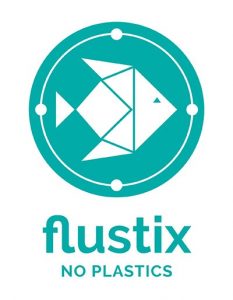
So even if we think we have mastered our lives pretty much plastic-free, we are still a long way from reaching our goal. But we are definitely on the right track. Incidentally, this article was written in a great collaboration with the Plastic-free seal FLUSTIX created - you can find out more about the seal, by which you can recognize precisely tested, plastic-free products, at flustix.com - take a look. The seal helps to see 100% plastic-free products at first glance.
Plastic hides in food
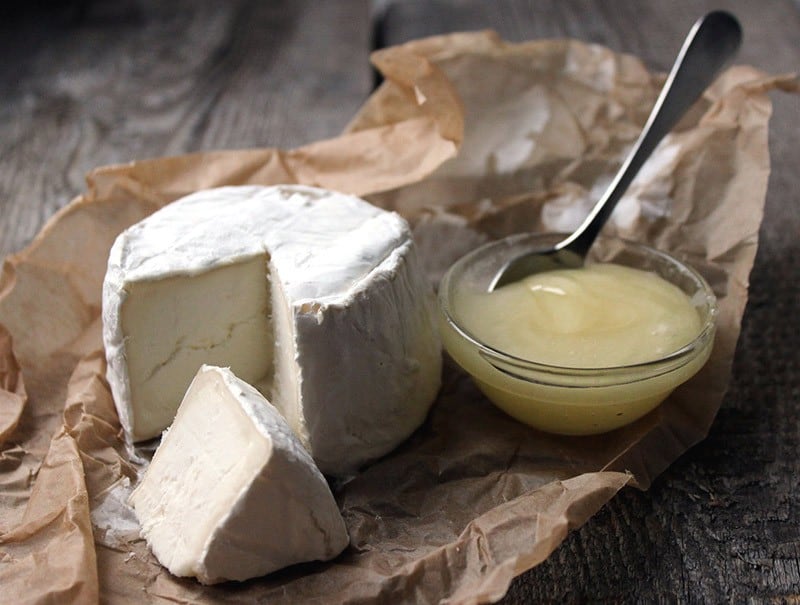
It's not bad enough that we find hidden plastic in everyday items such as cosmetics or textiles - no. Plastic is also hidden in many foods - you can see exactly where in the following overview:
- Chewing gum: Oh yes - you read that right. In order for chewing gum to be as flexible as we know it, the chewing mass of normal chewing gum consists of polymers - in other words, plastics. You can find out more about this in the article Plastic in chewing gums.
- Coffee filter: Many coffee and tea drinkers think that the filters and bags are made of biodegradable material. However, plastics are added to them to make them more tear-resistant. This is why coffee filters and tea bags are unfortunately also part of the overview of hidden plastic in everyday life.
- Beer: The hard-to-pronounce plastic polyvinylpolypyrrolidone is used by brewers during production - residues have already been detected in beer. The plastic is used to keep the beer clear for as long as possible.
- Canned food: One might assume that a tin can is simply made of tinplate or aluminum. Unfortunately, plastic is also hidden here in the form of the inner coating of the tin cans so that the metal is not attacked.
- Sausage, cheese, chocolate, etc.: It's unbelievable that plastic is even hidden in ready-made sausage and other everyday foods, isn't it? Unfortunately, this is the truth and is even permitted by law. A maximum of 10 mg of plastic packaging may be transferred to the food - according to the EU Plastics Regulation.
- TetraPak: Unfortunately, many people dispose of a classic TetraPak in the paper waste and not in the yellow bag. In addition to paper, it also contains aluminum and some thin plastic coatings.
- Lids of glass bottles: Unfortunately, plastic is also hidden in the lids of conventional glass bottles - even if they actually look like ordinary metal.
- Sausage and cheese paper: Even if you think that "sausage paper" is made of paper, you are unfortunately mistaken. This is because it has a thin plastic coating that serves to protect the food and keep it fresh. The same applies to baking and cheese paper. In many supermarkets, cheese is now also available in paper packaging - but this also has a plastic coating to keep it fresh for longer.
- Mineral water: In fact, microplastics were detected in 80% of the mineral waters tested. All the more reason to replace the reusable drinking bottle from the Zero Waste Basic Equipment to be preferred.
- Frozen packs: I was fooled by this myself - but unfortunately the cardboard packaging for fish sticks or frozen spinach also contains a layer of plastic. So it's not all cardboard and it's not all plastic either. This packaging is composite packaging and unfortunately makes it difficult to Plastics recycling.
- Table salt: Do you also like using table salt? Then it is certainly not uninteresting for you that there is hidden plastic in almost 90% of all table salts tested.
Even though plastic on the one hand helps to protect our To preserve food for longeron the other hand, it ensures that we separate our waste incorrectly. Many people simply don't know that plastic is hidden in sausage paper or TetraPaks What's more, many foods contain leftover plastic packaging - it's crazy that this is allowed.
Plastic hides in cosmetics
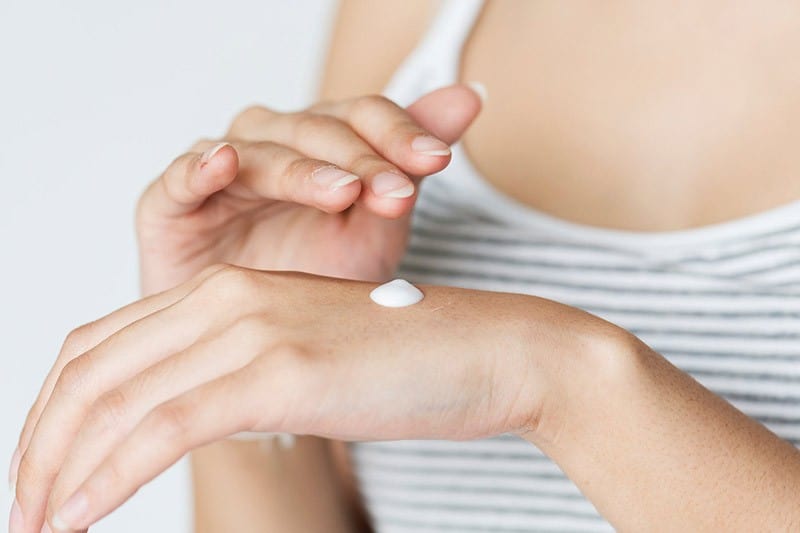
That Microplastics in cosmetics You may already be aware of the hidden plastic in the following cosmetic products - because the topic is now the subject of much discussion and is frequently in the media. The small plastics are hidden in the following cosmetic products:
- Toothpaste: Yes, that's right - on the one hand, plastic waste is already generated by the packaging - but unfortunately, many toothpastes also contain microplastics in the actual toothpaste. Find out in the separate article how you can use your natural Make toothpaste yourself simply by following your heart.
- Lipsticks: Yes, lipsticks can also hide plastic components - the same applies to eye shadows and powders. In this case, the cheap plastic acts as a kind of binding agent.
- Mascara: In fact, almost every mascara contains small microplastic components. The alternative is to make your own mascara naturally.
- Nail polish: When we talk about hidden plastic in everyday life, nail polish must also be mentioned. The plastic makes the polish thicker and more resistant. The plastic-free alternative? Currently only the complete renunciation of nail polish, in the sense of the Zero Waste Lifestyle.
- Peelings: What you feel on your skin in classic scrubs is usually plastic. The plastic is hidden in the scrubs to take over the abrasive function on the skin.
- Wet wipes: There must be a reason why wet wipes do not tear as quickly as conventional moist paper towels. Unfortunately, this is often because the wipes are not made of cellulose but a polyester-viscose mix. Then there is the plastic packaging.
- Sunscreen: Sun creams usually contain liquid polymers. The plastic hidden in the sun cream is intended to provide shine and smoothness. The alternative is called: Make sunscreen yourself.
- Shower gels & shampoos: It is unbelievable how many well-known brands of shower gels and shampoos actually contain plastics in the form of microplastics. The alternative is called Natural Aleppo soap in one bar.
Pretty scary, isn't it? On the one hand, that it is even allowed in Germany to hide plastic in such everyday cosmetic products. On the other hand, that we can hardly recognize it without specialist knowledge, even if we wanted to. So what can you do to check whether plastic is hidden in a product before you buy it? I recommend the CodeCheck Appwith which you simply scan the barcode of a product and immediately receive a response.
Where else plastic hides
I couldn't assign some things in which you can find hidden plastic to any of the previous categories. I will introduce them to you below, as they also definitely belong on the list of hidden plastic in everyday life:
- Adhesive: Almost every conventional adhesive is made of plastic - whether it's adhesive on tape, in a tube or in a glue stick.
- Labels: Even if you buy fruit and vegetables in bulk, this is often not yet plastic free shopping. This is because apples, bananas and other loose foods usually have small stickers stuck on them, which are either made of plastic or at least have plastic glue on them.
- Receipt: When you receive a receipt at the checkout, it is usually made of thermal paper, which in turn is coated with a layer of plastic and must therefore be disposed of in the residual waste. In the article App for digital receipts I present to you a project that will change this waste problem.
- Cardboard boxes: Even a cardboard box does not have to be 100% made of paper. A finished cardboard box often only holds together because it has been glued together with plastic glue. In addition, plastic residues from the manufacturing process are often still detectable, especially in cartons made from recycled paper.
We find hidden plastic basically everywhere
As you will have noticed in this article, we unfortunately find plastic in almost all objects these days. Whether as Binder, Freshness protectionfor a better Liability or simply to do things more tear-resistant to make.
Even if we think we have banished plastic from our lives, it still turns up somewhere in a mostly invisible form. Therefore, please always see a life without plastic as a long-term goal in order to stay motivated. It will certainly take some time until we have achieved it - but the alternatives are already on the rise and will ensure that the plastic in our everyday lives is gradually reduced until we have finally replaced it. Wipe your mouth - keep going! 😉
Do you have any questions, tips or other products and items containing plastic that you would like to share? Then please leave me a comment below this article and I will incorporate your idea. You may also be interested in the article about the absolutely most superfluous plastic packagingthat have ever been sighted.
Stay clean,

PS.: In the Plastic free blog from CareElite you will constantly get more tips about plastic-free living. Maybe you will also find my Zero Waste Online Course "30 Days To Zero Waste" continues. In 30 days, I'll show you how to massively reduce your plastic waste in everyday life without bending yourself. Have fun 🙂

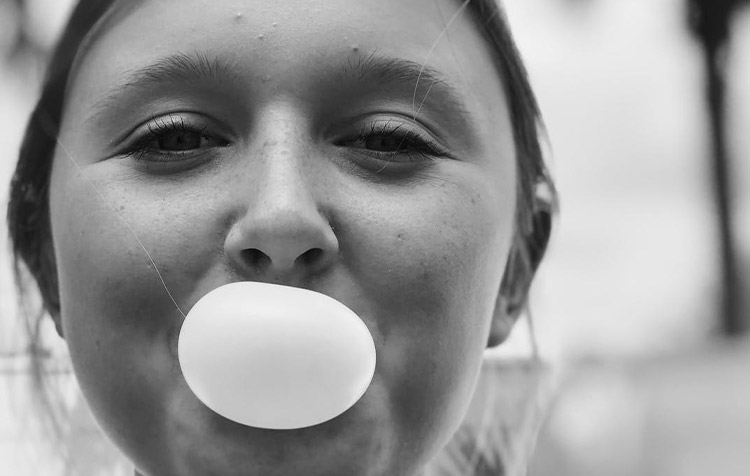


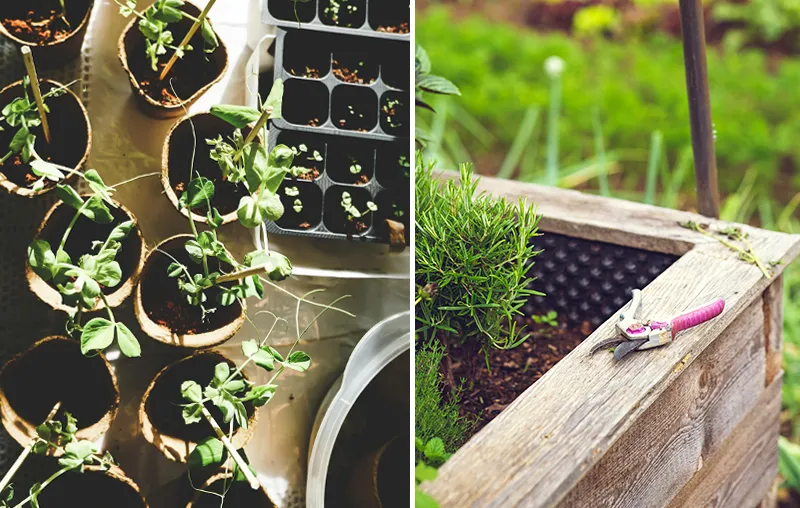
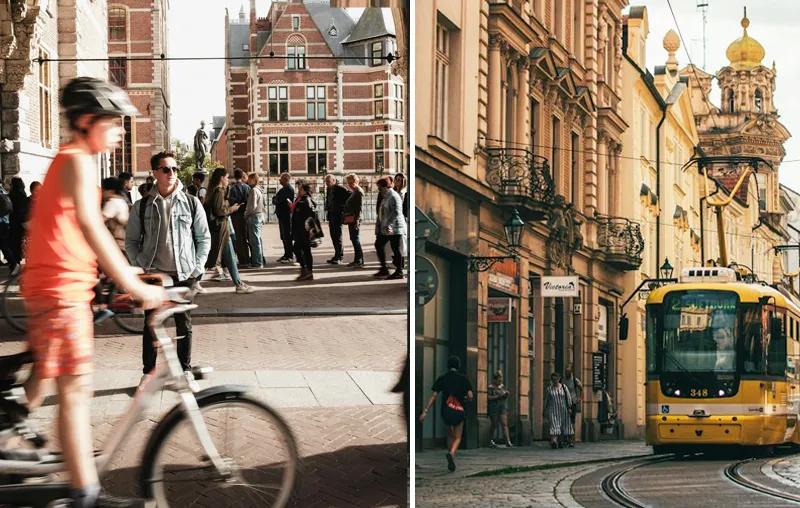
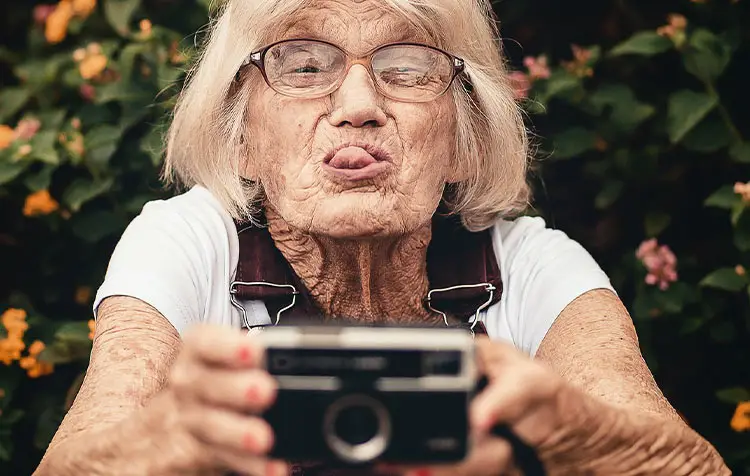
In fact, some surprises and that although I have actually already felt quite fit in banning plastic from my life! Ultimately, I feel only confirmed that own, brought packaging, are the only truly plastic-free solution when shopping!
Hi Kathrin! I see that like you...
At some point, hopefully, there will be the one solution that will prevail worldwide and replace plastic.
Many greetings
Christoph
That's good what you're doing.
Thank you Gustav!
Greeting Christoph
It's really scary that plastic is in so many things. But so is sand. There is sand in detergent and in toothpaste. As well as in wine. It's really frightening when you take a closer look at it. We must finally do something against the plastic, so that it does not come to the mass death. And so that we ourselves are better off and live healthier.
Hi Jona! Thank you for your words, absolutely right. Now a new awareness is finally emerging in our society, which means we can definitely make the change.
Best regards
Christoph